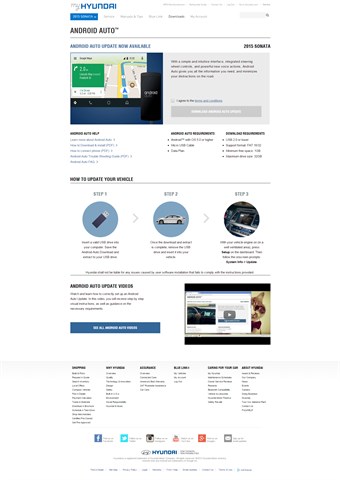All-New 2016 Scion iM listed on KBB.com’s 10 Best Back-to-School Cars List

As another school year rapidly approaches, the all-new 2016 Scion iM hatchback earns extra credit by offering maximum versatility and premium features at an outstanding price. The expert editors at Kelley Blue Book www.kbb.com ranked the 2016 Scion iM hatchback sixth on their “10 Best Back-to-School Cars of 2015” list.
The annual list highlights new vehicles recommended for students that aim to not only bridge the gap between practicality and functionality, but also deliver a fun and stylish package for around $20,000 or less. The iM hits showrooms on Sept. 1, 2015.
KBB.com editors commended the 2016 Scion iM hatchback for its efficient 4-cylinder engine that will provide drivers with an EPA-estimated fuel economy of 37 mpg highway. Editors also highlighted safety features ranging from the hill start assist to eight airbags, in addition to student-friendly perks like the six-speaker audio system, Bluetooth connectivity and opportunity to personalize with dealer-installed accessories.
“To earn KBB.com recognition for the Scion iM before the vehicle arrives in showrooms validates Scion’s commitment to build vehicles that fit our drivers’ lifestyles,” said Scion Vice President Doug Murtha. “The KBB.com experts praise the iM hatchback for its customizability and safety, features that will resonate with students and parents while maintaining that Scion uniqueness our drivers want.”The 2016 Scion iM is priced at $18,460 MSRP for the six-speed manual transmission and $19,200 MSRP for the CVTi-S automatic with 7-step shifting. It comes standard with a 7-inch Pioneer® Touchscreen Display Audio System with HD Radio™ Technology and the Aha™ app, providing Facebook and Twitter feeds, and access to over 100,000 Internet radio choices.
For more on the 2015 winners, visit http://www.kbb.com/car-reviews-and-news/top-10/best-back-to-school-cars-2015/.
All prices listed above exclude the delivery, processing and handling (DPH) fee of $795.




















